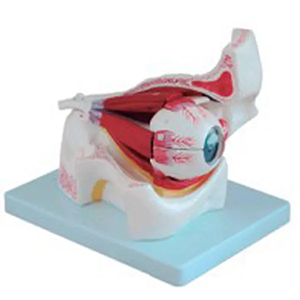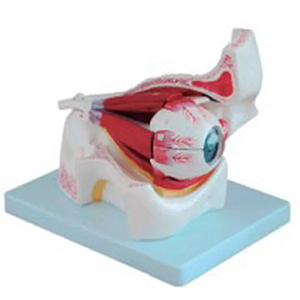In the field of ophthalmology, eyeball magnification model has long gone beyond the scope of traditional teaching tools, and it has become an important bridge connecting theory and practice and deepening the understanding of ophthalmology knowledge. This model not only provides an intuitive and detailed display of eye structure for medical students, ophthalmologists and researchers, but also promotes the development and progress of ophthalmology in many dimensions.
First of all, from the perspective of teaching, with its high degree of simulation and detail presentation, learners can clearly observe various components of the eye, including key structures such as cornea, iris, lens and retina. This intuitive learning method greatly improves the teaching effect, helps medical students to grasp the basic knowledge of ophthalmology faster, and lays a solid foundation for future clinical practice.

However, the value goes far beyond that. In the field of scientific research, it has become an important tool to study eye diseases and explore new techniques for eye treatment. Through careful observation and analysis of the model, researchers can deeply understand the pathogenesis of eye diseases and provide scientific basis for formulating more effective treatment programs. At the same time, the model can also be used to simulate surgical operations to help doctors rehearse before real operations and improve the success rate and safety of operations.
More importantly, it also plays an important role in popularizing eye health knowledge and raising public awareness of eye health. Through model display and explanation, the public can more intuitively understand the structure and function of the eye, realize the importance of eye protection, and thus take active preventive measures to reduce the incidence of eye diseases.
To sum up, eyeball enlargement model has gone beyond the scope of traditional teaching tools, and it plays an irreplaceable role in ophthalmology education, scientific research, clinical practice and public health education. As technology continues to advance and innovative applications continue to emerge, eyeball magnification models will continue to contribute new forces to the development of ophthalmology.

